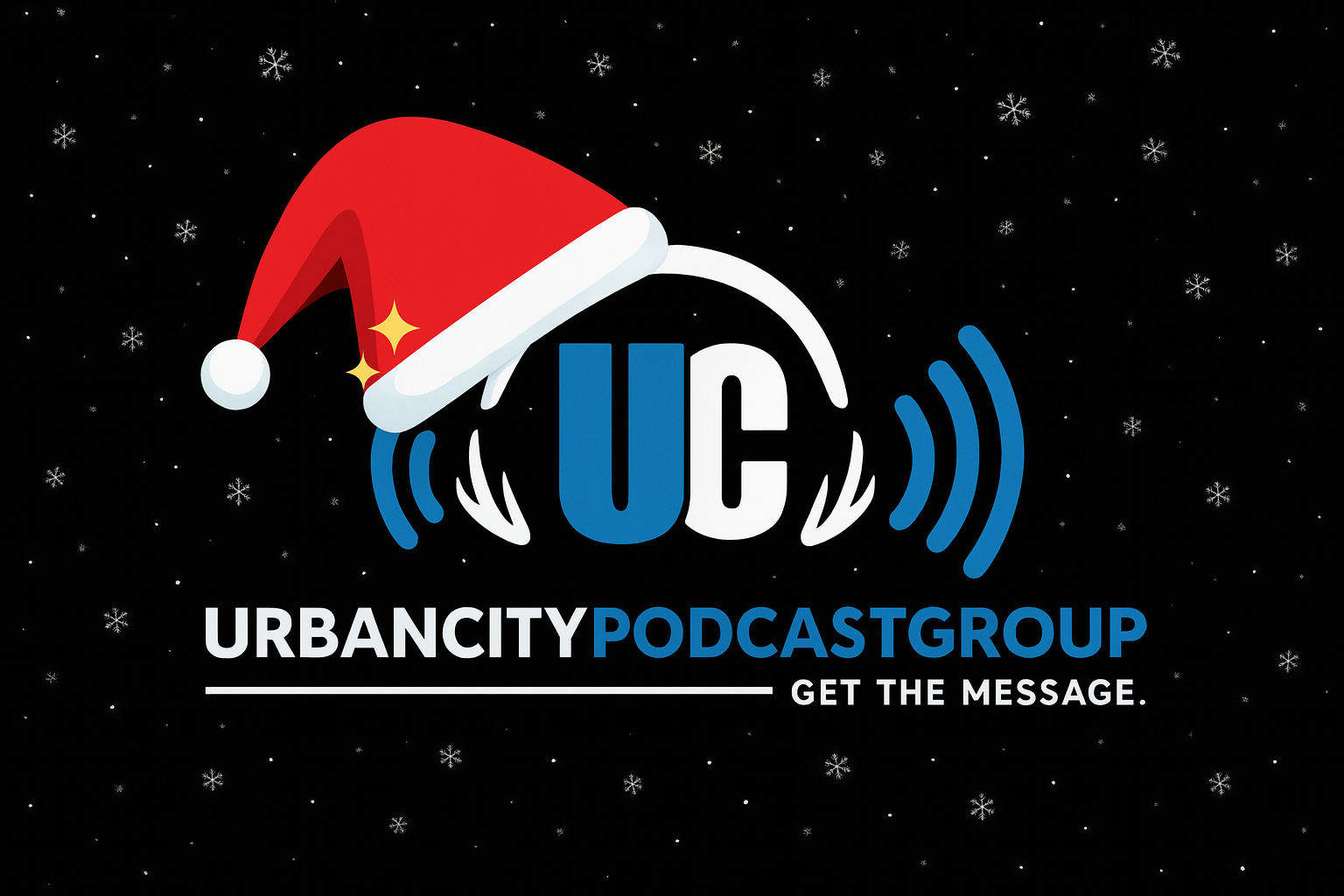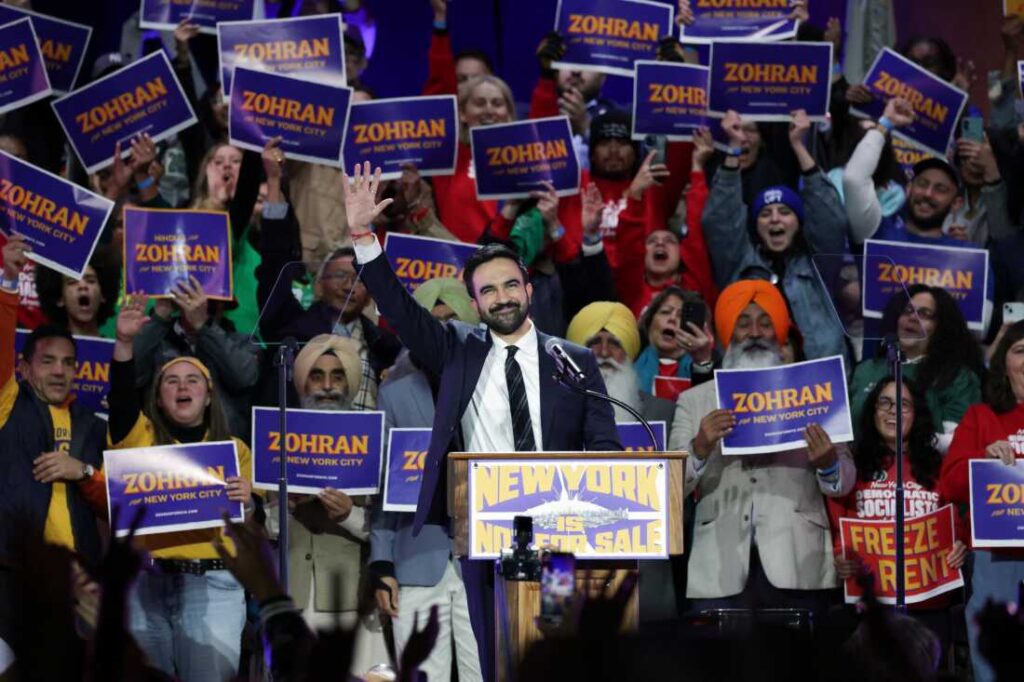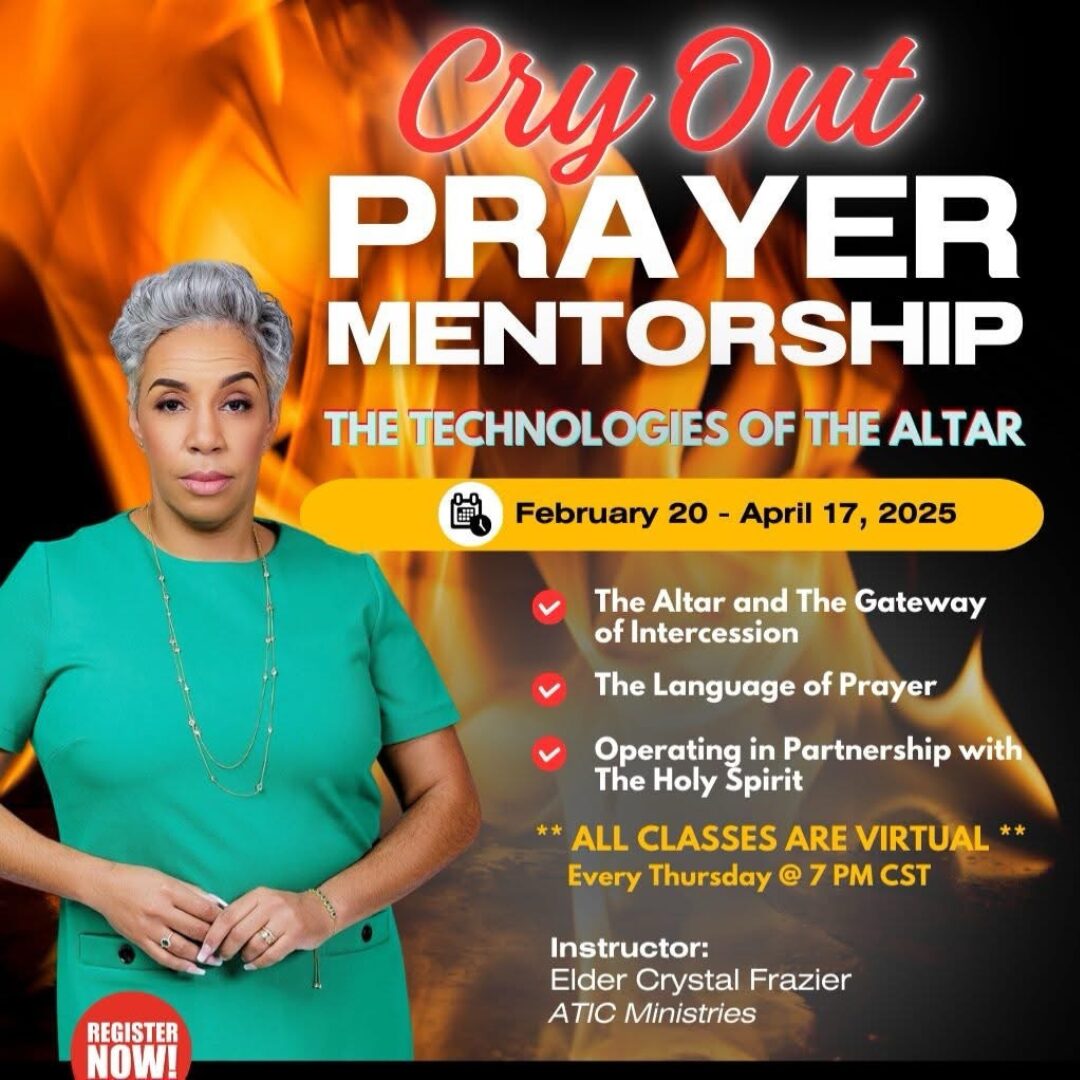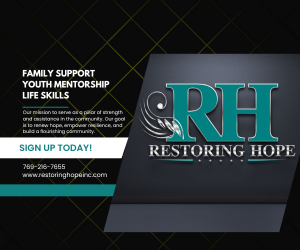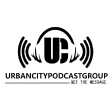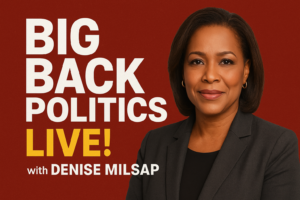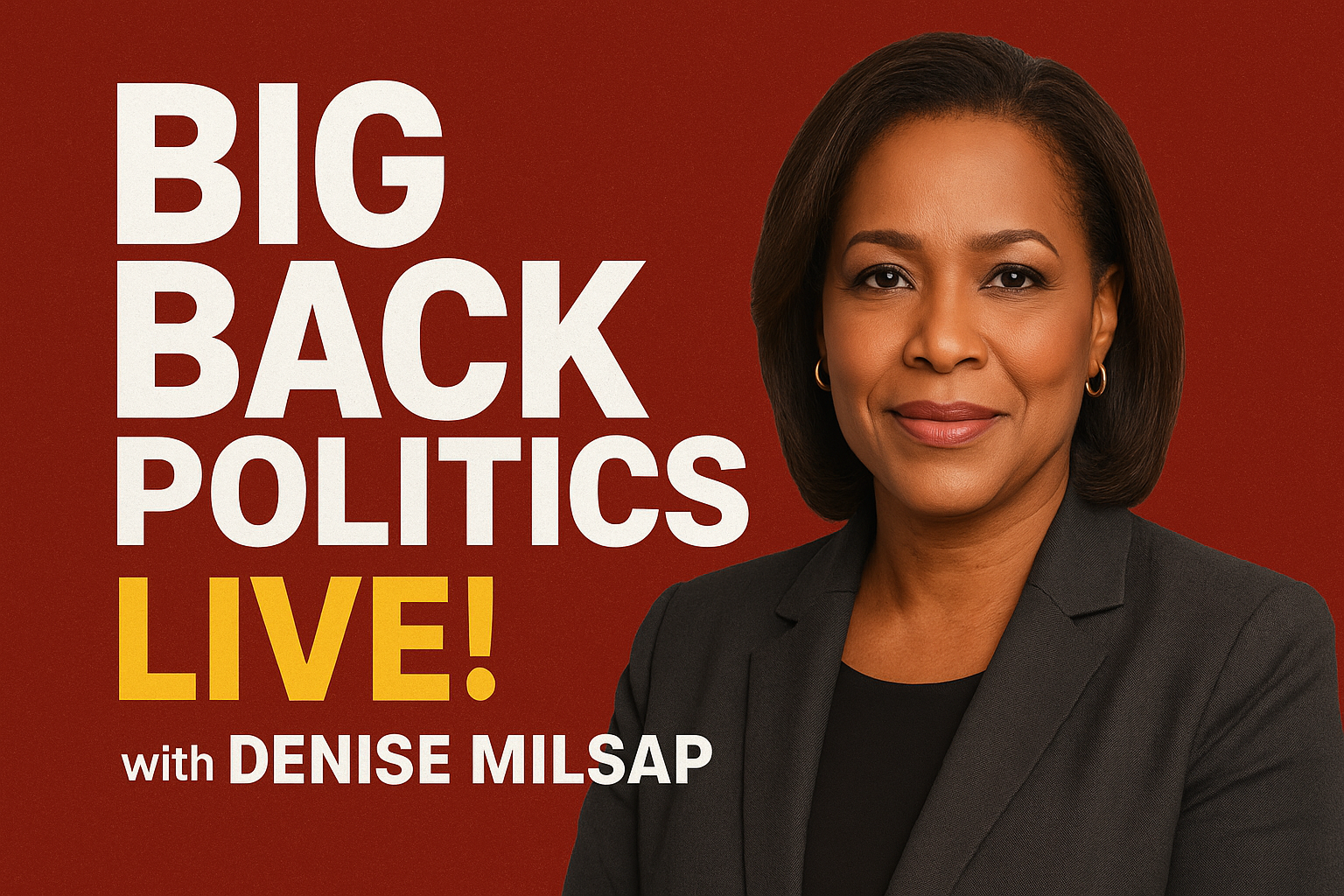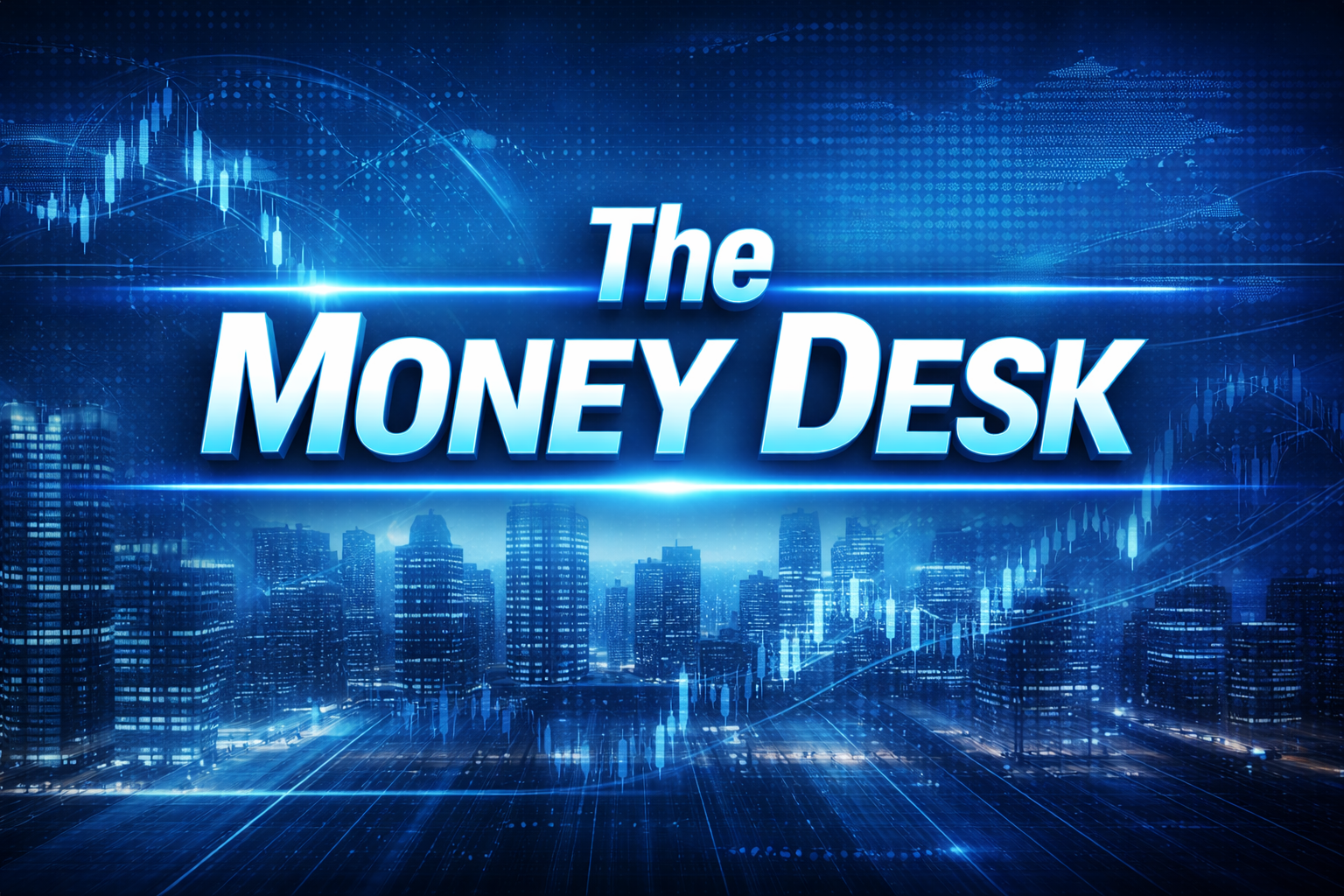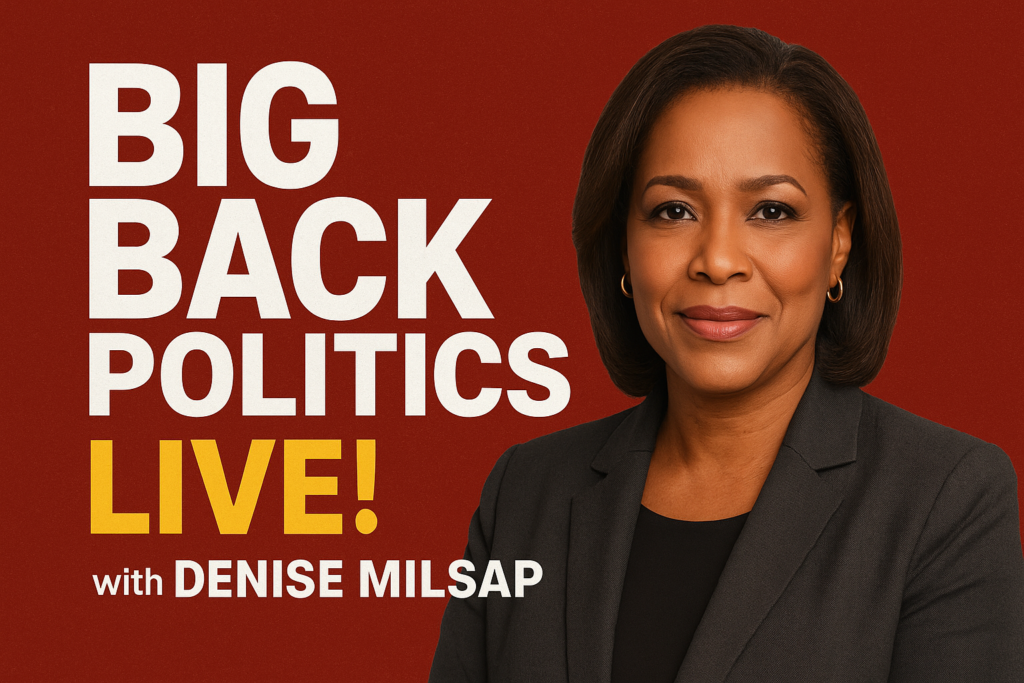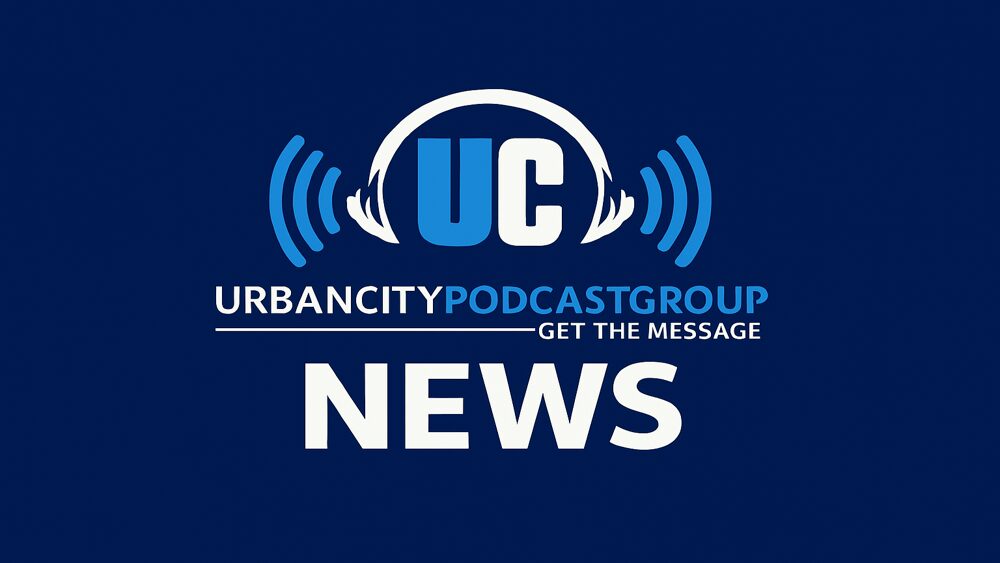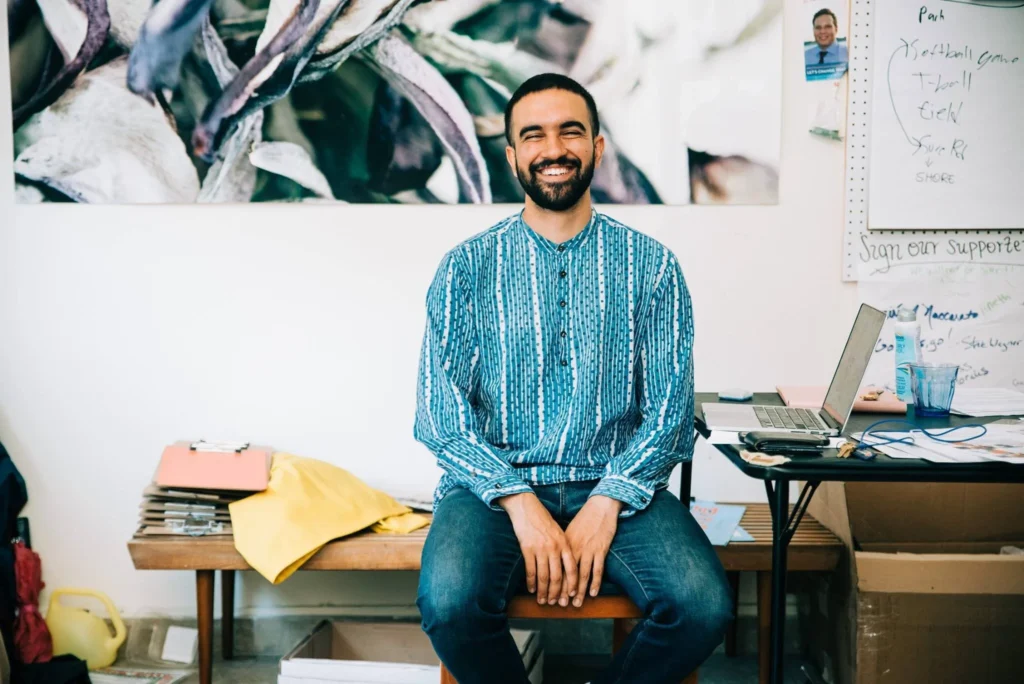
Major Takeaways
The 2025 New York mayoral race signals a shift toward pragmatic leadership focused on safety, housing, and economic revival.
Voter turnout reflects deep public demand for accountability and community-focused governance.
The outcome could reshape national Democratic strategies and urban policy models across the U.S.
2025 Powerful Shifts: How the New York Mayoral Race Will Redefine the City’s Future
Let’s cut to the chase: the 2025 mayoral race in New York City isn’t business as usual. It’s a shake up. A realignment. And what happens over the next few years could decide whether the city leans back into its old strengths or hurtles deeper into the kind of uncertainty that both excites and terrifies urban planners, business folks, and everyday New Yorkers alike.
Here’s the full breakdown: what happened, why it matters, and where things go from here, warts and all.
What Went Down
The Players
Zohran Mamdani, a 33 year old state assemblyman from Queens, ran on a bold progressive platform.
Andrew Cuomo, the former New York governor, attempted a comeback but lost the Democratic primary to Mamdani.
Eric Adams, the incumbent mayor, initially sought reelection but eventually pulled out, creating a somewhat chaotic field.
The Mechanics and the Upset
The Democratic mayoral primary for NYC in June 2025 used ranked choice voting, where voters ranked up to five candidates. Mamdani surprised many, overtaking Cuomo and clinching the Democratic nomination in a major upset.
Key issues driving voter behavior included housing affordability, cost of living, and young voter turnout.
Broader Context
New York City remains overwhelmingly Democratic, with about 65 percent of registered voters identifying with the party. The race carries national implications, signaling the ongoing clash between progressive and moderate forces in urban America.
Why This Election Matters for New York
A new mayor in New York isn’t just another headline, it’s a potential turning point. This race could mark a structural shift in how the city governs, what it prioritizes, and how residents experience daily life.
1. Housing and Cost of Living
Mamdani’s platform is centered on affordability. He’s proposed freezing rents for rent stabilized apartments, building hundreds of thousands of affordable units, launching public grocery stores, providing free or subsidized transit, and taxing the wealthy to fund these programs.
If the next mayor delivers on even part of this vision, it could reshape New York’s economic and social infrastructure, especially for working class families, immigrants, and those being priced out of their neighborhoods.
2. Politics of Change vs. Continuity
This election drew a line between two visions, maintaining the status quo versus demanding structural change. Mamdani’s grassroots, progressive campaign prevailed over Cuomo’s establishment backed effort, revealing a strong appetite for something new.
For the city’s institutions, police, transit, housing, education, that means potential stress tests on old models. Will real reform happen, or will it all get watered down by bureaucracy?
3. Young Voters and Demographics
Young voters showed up in higher numbers than expected, and their enthusiasm for a progressive agenda helped drive Mamdani’s victory.
This signals a major demographic shift in political influence. Traditional power blocs, labor unions, real estate, and older residents, will need to adjust. The new mayor’s policies will likely reflect the priorities of a younger, more socially conscious generation.
4. The Progressive Surge and Institutional Pushback
Mamdani’s win fits into a national trend of progressive challengers gaining traction in big cities. The old guard, including moderate Democrats and business interests, is already pushing back.
If this progressive movement translates into real executive power, it could shift New York’s policies on labor, housing, and policing. But change won’t come easily, city agencies and established power structures rarely move quickly.
5. Budget, Taxation, and Implementation Realities
Big ideas sound great on the campaign trail, but New York’s reality is complicated. The city runs on a massive budget, entangled bureaucracy, and complex relationships between city, state, and federal entities.
Raising taxes on the wealthy may fund social programs, but it could also trigger concerns about capital flight or business relocation. Turning progressive vision into functional governance will be a delicate balancing act.
What to Watch: Key Areas of Impact
A. Housing Market and Affordability
If people in the Bronx, Queens, or Brooklyn don’t see meaningful rent relief or new affordable housing options, the new administration’s credibility will erode fast.
Watch how the city handles new housing developments, zoning reforms, and regulations for real estate investment.
B. Transit, Mobility, and Infrastructure
Mamdani has called for fare free buses and expanded public transit, arguing that mobility should be a public right.
Implementation will depend on budget priorities and cooperation from the state. The big question is whether the city can sustain these programs without service declines or funding shortfalls.
C. Public Safety and Institutional Reform
Crime and safety remain hot button issues. The new mayor has discussed community based public safety initiatives and expanding mental health response teams instead of traditional policing.
Watch for changes in NYPD oversight, resource reallocation, and how crime statistics respond.
D. Economic Development and Labor
The new administration will likely focus on regulating the gig economy, protecting workers, and boosting small businesses.
Expect debates over minimum wage increases, union expansion, and corporate tax reform. These moves could redefine the city’s business climate for years to come.
E. Social and Cultural Identity
Mamdani’s victory, he’s the first Muslim and one of the youngest mayors in city history, signals a shift in New York’s political and cultural identity.
Expect expanded support for immigrant communities, cultural funding, and programs promoting equity across the five boroughs.
F. State City Relations and Fiscal Realities
New York City’s success depends heavily on its relationship with the state government. Funding for housing, transit, and education all hinge on Albany’s cooperation.
Watch for how the mayor navigates state politics to push through his agenda.
The Risks and Constraints
Let’s be honest, this won’t be easy.
Fiscal risk: Ambitious programs need money, and the city’s budget is already strained by pension costs, infrastructure needs, and debt.
Bureaucratic resistance: City agencies can be slow moving and protective of the status quo.
Economic reaction: Aggressive tax or regulatory changes could lead to business pullouts or slower investment.
Voter patience: Residents expect results fast. If progress lags, enthusiasm will fade.
Political friction: Competing interests among unions, developers, activists, and state officials could stall major reforms.
Global factors: Economic downturns or federal policy shifts could undercut city revenue and limit options.
What It Means for the Future of New York
Short Term: The First 24 Months
Expect a wave of new initiatives, housing pilot programs, transit reforms, and symbolic budget shifts. There will be tension between idealism and practicality as the mayor tests the limits of his mandate.
If voters see visible improvements, public trust will grow. If not, skepticism will mount quickly.
Medium Term: Two to Four Years
If Mamdani’s agenda takes root, New York could evolve into a new model for equitable urban governance.
We may see
More mixed income housing developments
Community focused urban planning
Expanded transit access in underserved neighborhoods
Stronger worker protections and wage growth
Renewed focus on neighborhood identity over luxury development
If these efforts succeed, other cities may follow suit. If they fail, New York could face political backlash and a return to centrist governance.
The Broader Meaning
This election is more than a local contest, it’s a test of what kind of city New York wants to be. Will it continue to serve as a playground for global capital, or will it reclaim its reputation as a city that works for everyone?
The answer lies in execution, not slogans. The new mayor’s team must prove they can deliver on promises without alienating the business community or overwhelming the city’s finances.
If they pull it off, New York could become a national model for inclusive urban transformation. If not, the city risks deepening divides and eroding public trust in progressive politics.
Final Word
New York City stands at a crossroads. The electorate demanded change, and Zohran Mamdani has a bold vision to deliver it. But vision alone won’t lower rents, fix subways, or balance budgets.
What matters now is action, turning bold promises into tangible results that touch people’s daily lives.
If Mamdani can do that, this election will be remembered as the moment New York redefined what’s possible in modern urban leadership. If he can’t, it’ll go down as just another cycle of hope meeting the hard wall of reality.
Either way, New York’s story is far from over, and the world is watching.
